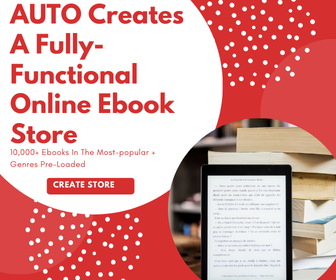In today’s digital landscape, writing a blog post that ranks on Google, drives traffic, and generates income requires a specific formula. It’s no longer about creative writing or artistry, but rather a data-driven, scientific approach to content creation.
Each blog post serves as a mediator between a search query and the desired outcome, providing information in the right format to prompt action. In this blog post, we will explore how to write the perfect blog post in 2024, focusing on one target keyword per post and understanding search intent.
To begin, it is crucial to choose and validate your keywords. Using tools like Ahrefs’ Keyword Explorer, you can identify medium to low difficulty keywords with strong search volume. For example, if you are targeting the keyword “how to increase vertical jump,” you can see that it has a medium difficulty level and a monthly search volume of 8.2k. By analyzing the top-ranking sites for this keyword, you can gain insights into the format and structure of informational posts.
Transactional posts, on the other hand, are focused on product reviews, comparisons, and list articles. These posts cater to individuals who are looking to make a purchase but need more information before committing. By including keywords like “best laptops,” you can provide recommendations and comparisons to help users make an informed decision.
When writing blog posts, it is essential to approach it like a scientist rather than an artist. This means following a structured format and utilizing SEO checklists and tools to optimize your content. Tools like Rank Math and Surfer SEO can assist with on-page optimization, while plugins like Cadence and Jasper can help with formatting and generating content using AI.
Transactional posts should follow a specific structure, including an article headline, introduction, affiliate content box or table of contents, individual reviews, informational content, and a summary.
These posts aim to keep readers engaged and encourage them to click on affiliate links. Examples of transactional posts include “best ski gloves and mittens of 2023” and “best roller skates for beginners.”
Informational posts, on the other hand, focus on teaching and educating readers. They should include an article headline, introduction, table of contents, main body copy with H2 and H3 headings, an FAQ section, and a summary. These posts aim to provide in-depth knowledge on a specific topic. Examples of informational posts include “the definitive guide to link building” and “how to save money fast.”
While following an SEO checklist is crucial for optimizing your blog posts, it is equally important to prioritize user experience. Make your posts easily scannable, readable, and navigable.
Use tools like Cadence blocks to create visually appealing content and ensure that your posts end the search journey for readers.
In addition to following a structured approach, it is essential to leverage AI tools to speed up the content creation process. Tools like Chat GPT, Jasper, and Content at Scale can assist with generating content, but it is important to heavily edit AI-generated content to ensure it is human-written and high-quality.
Ultimately, writing a blog post that ranks on Google and generates income requires a systematic approach. Follow an SEO checklist, optimize your content for search intent, and focus on creating the best possible content for your readers.
Continuously analyze your results and make data-driven decisions to improve your blog posts over time. If you want to learn more about creating profitable blog posts, consider reading the following blog posts:
Remember, building a successful blog requires consistency and a well-defined process.














































